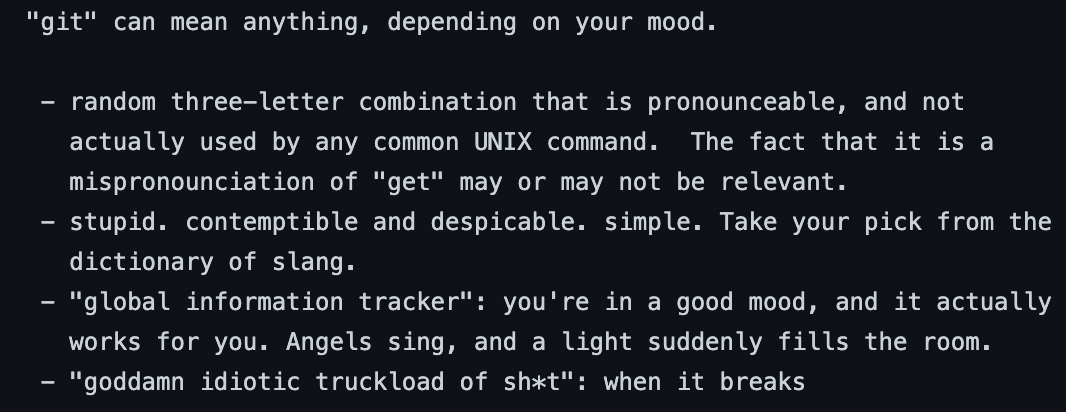Finding my feet as a Machine Learning Engineer

Photo by Michel Stockman on Unsplash
How I got here?
My formal education has never been directly related to Computer Engineering/Computing or the Data Science/Machine Learning world. I started off in Aerospace Engineering, where I did some code to fulfil the requirements of my work. I then jumped ship to Biomedical Engineering, which is the realm in which I completed my PhD.
What really got me directly into the Data Science space, my stepping stone to ML Engineering was a job mentoring adult learners doing apprenticeships alongside my own informal self-paced learning. There are so many great resources out there to get to grips with Data Science, but it wasn’t until I embarked on an accelerator programme I realised that actually my interests were more in ML Engineering than Data Science itself.
What does a Machine Learning Engineer do?
This felt like the big question, the elephant in the room. Pretty much everyone has a different interpretation of what an ML Engineer does. Where does Data Science stop and ML Engineering start? And, oh my, where does MLOps come into it?
These past 3.5 months or so, where I have been employed as an ML Engineer, I feel like I have some tentative answers to the above questions but truthfully I can’t be sure. I can only give you my thoughts from my experiences.
First up, I’d say that what an ML Engineer does and where the line stops between this and Data Science is a blur that depends on company needs and set up. Data Science, though still a relatively new field, is much more established that ML Engineering. Data Scientists managed fine without ML Engineers, so why did we emerge? Well, the way I see it, it comes down to scalability. Towards the beginnings, Data Scientists were fewer in number and projects were on a smaller scale. Everything was new, so this is not unexpected. As the field of Data Science has grown, models and processes have got more complicated, businesses are expecting more and more from models. This is where a dedicated team, so called ML Engineers, come in. We can help with processes for deploying models on a larger scale.
This silos nicely into the buzzword of MLOps, the operations behind the Machine Learning. We will help with the productionising of code, implementation on cloud platforms and automated pipelines. In short, the things that mean Data Scientists can focus on their priorities and passions knowing that their work will add value.
Now, I stress, this is only one view of what an ML Engineer does. I’ve come across job roles that want ML Engineers to do the above and write and train models. I’ve seen Data Science roles advertised that also ask for the above. So really, there is still a lot of learning.
So, do I know what I’m doing?
Well, I’m getting there. This is the second big thing I’ve learned. I don’t mean that just I have a lot of learning to do, but the whole industry of ML Engineering (and connected ones) do. We are so new, ML Engineering is part software development (inc DevOps), part Data Science and part research in my eyes. MLOps best practices are still just being standardised, and that’s at a big of a stretch sometimes. We are learning, we are getting there, but by no means is anything set in stone just yet.
BUT, that’s what makes it so exciting or terrifying. This is where the right company, the right team and the right environment really matter. I’m very grateful to be in a team that champions learning and personal development. I get time each week to focus on my upskilling and learning, there’s an open environment where I can ask questions from my seniors and voice my (very junior) thoughts without fear of judgement or retribution.
I'm planning to use this blog to write about my journey as a Machine Learning Engineer, both to share my experiences and knowledge. I hope to have a mixture of blog posts, technical and otherwise which will hopefully be of interest to others in the field already, those getting into the field and anyone else who just fancies a read.

